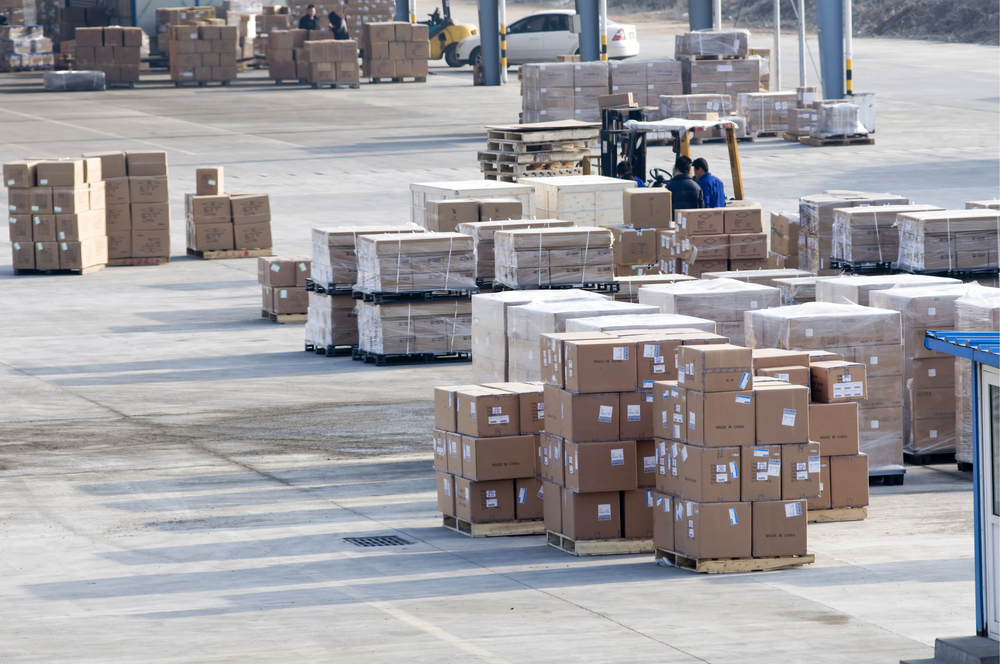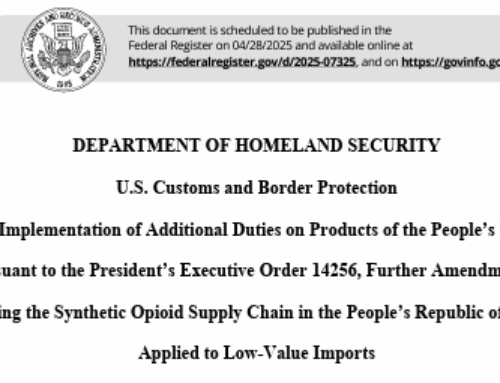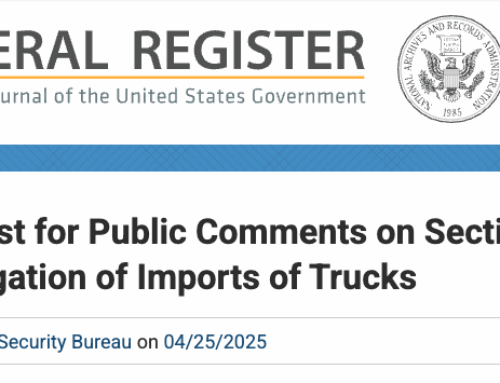De minimis shipments, valued at $800 or less, have surged in recent years, largely due to the rapid expansion of e-commerce. These shipments now account for 92% of U.S. imports, with U.S. Customs and Border Protection (CBP) processing approximately 4 million daily—up from 2.8 million the previous year. While this boom in online shopping brings convenience, it also introduces significant challenges, especially concerning smuggling and the illicit trade of dangerous goods.
RISING DE MINIMIS VOLUME AND CRIMINAL EXPLOITATION
The growing volume of de minimis shipments opens doors for criminal exploitation. The daily influx of packages places immense pressure on CBP to balance inspection efficiency with thorough security checks. Criminal actors are capitalizing on this environment, attempting to hide illegal goods such as counterfeit products, narcotics, and firearms among legitimate shipments.
The surge in de minimis shipments poses a logistical challenge, with approximately 4 million packages processed daily—reflecting a 43% increase from the previous year—driven by the rapid growth of global trade and online retail.
HEALTH AND SAFETY RISKS IN DE MINIMIS SHIPMENTS
One of the most pressing concerns is the health and safety risks posed by dangerous substances and illegal goods entering the U.S. through these shipments. Illegally imported animal products, like beef and pork, threaten U.S. agriculture and could result in the spread of animal diseases. Additionally, the increasing use of de minimis shipments for trafficking narcotics—such as fentanyl precursor chemicals, synthetic opioids like xylazine, and even new substances like nitazene—has been linked to the ongoing opioid crisis.
Among the illicit goods making their way into the U.S. through de minimis shipments, several categories have raised particular concerns:
Animal Products: Prohibited items, including beef and pork, are frequently smuggled through de minimis shipments. These pose a risk of introducing animal diseases, which could severely impact both public health and U.S. agriculture.
Narcotics: Fentanyl and synthetic opioids, such as xylazine, continue to flood the U.S. via de minimis shipments, exacerbating the opioid crisis. These substances are often smuggled in small quantities, disguised in everyday items like clothing or electronics.
Weapons and Gun Parts: Concealed firearms and gun parts, including auto sears and silencers, are commonly found hidden in de minimis shipments. These are often disguised within seemingly innocuous items, such as survival meals or even industrial equipment.
Counterfeit Pharmaceuticals: Unapproved and counterfeit drugs, including drugs like Ozempic, are frequently shipped to individuals, bypassing regulations designed to protect consumers and posing significant health risks.
COUNTERFEIT GOODS AND DE MINIMIS
Counterfeit goods, especially those from overseas markets, are beginning to be imported under the de minimis exception. These counterfeits, ranging from apparel to electronics, often undermine legitimate businesses and can put consumers at risk. In many cases, these counterfeit goods are not only substandard but are also linked to larger criminal networks, including organized crime and terrorism. Furthermore, there are growing concerns about forced labor used to produce many of these counterfeit goods, with reports indicating significant involvement from regions such as the Uyghur Province in China.
Stay up-to-date on freight news with Green’s Weekly Freight Market Update by following us on LinkedIn. For continuous updates, make sure to check out our website at greenworldwide.com.






